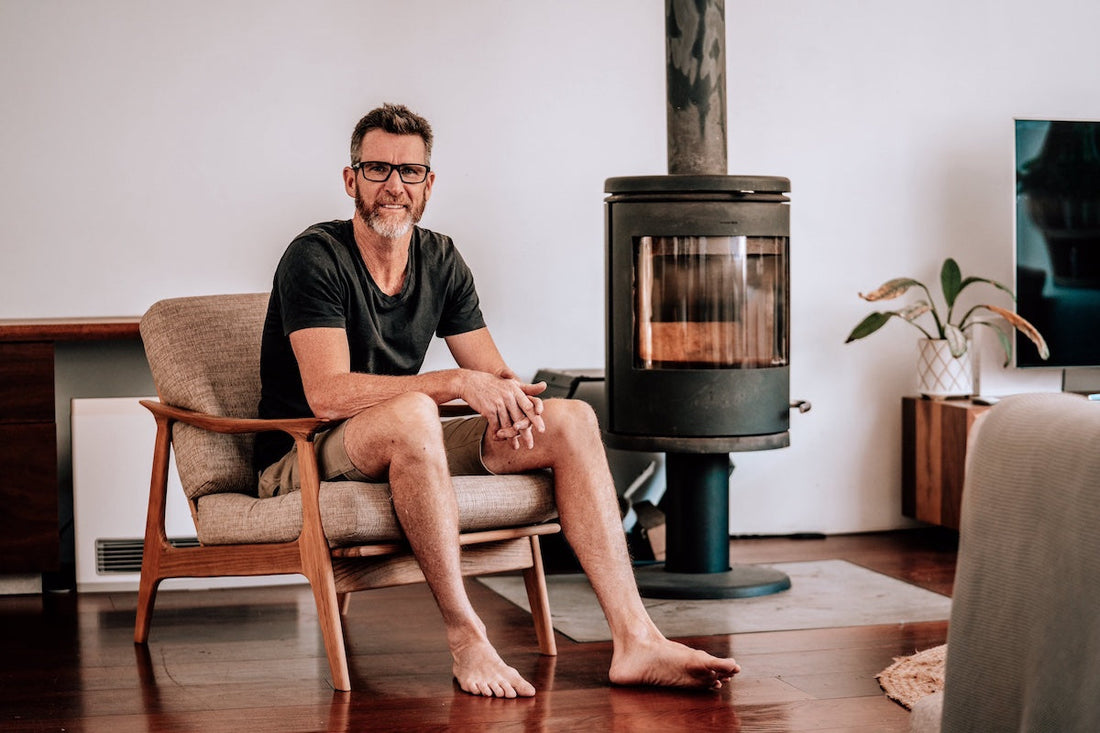Reclaimed timber is perfectly imperfect! Whether its past life was in a house, a barn, a warehouse, a bridge, a garage, or holding up the city's powerlines, it all comes with a story to tell.


Working with reclaimed timber can often be far more challenging and timely than working with new timber. It often takes a lot longer to get to that finish line because you need to negotiate many more challenges along the way. But knowing that you're preserving something that is 60, 100, 200+ years old to go on for another 20, 50+ years makes it worthwhile.
The typical decision making process follows.
First there's the removal of nails, bolts, glue, and other artificial shrapnel that has been added along its life. In the picture below, look at all the add-ons in the background on every piece of timber (from electrical bits, to bolts, nails, corrugated iron and everything in between). It's important I get all of those bits out of the timber too because otherwise I can do our machines a lot of damage.

Then I determine what man-made defects add character to its future state and what should be discarded. Often there'll be saw marks, cutouts, a bolt hole or a burn mark at that critical measurement where you need to decide if it stays or goes.
There are also natural defects like knots, worm marks, veins, splits, and depressions in the timber. Anything that affects stability, security, and strength will be discarded but otherwise, most of these things are part of the story and are retained for its next chapter.
In the picture below, the grey area shows the pre-use condition of the timber. This was a 120-year-old piece of hardwood. You can see the nail holes up the top and some kind of depression mid-way down on the left. There are slight saw cuts throughout the grey area indicating that when this was first milled, it would have been with machines far less fancy then what we use today. On the edges are what the timber looks like once it has been planed (run through the machines to reveal its natural grain). So my decisions are determining how much or how little of its current state is removed in order to get to a future state.

For some people, the more character it has the better; for others, it's about minimising the imperfections. For me, it's about celebrating the imperfect and maximising the timbers' future potential.
Just as the timber is perfectly imperfect, so too am I. I've long been a perfectionist - striving for perfection in all that I do. When I built my house, I recall all the 'not quite perfect' moments as failures at the time, but as you move through the process, you quickly focus on what matters - the whole picture, not just a slight moment in time.
When I sit in my home today I honestly can't even remember where the perceived faults were. My home is made from a lot of beautiful reclaimed timber (bridges, an old vestry, old houses, etc) and rather than dwell on what it doesn't have, I instead marvel at stories past and present all around me.

Every furniture project I work on will get 100% of me. That's without question. What I need to keep working on is letting go of the paralysing perfectionism of my craft and accepting that I too am perfectly imperfect!
Inspired? Let's build your piece
If you require a custom furniture item made, I'd love to help you.
Until next time.

